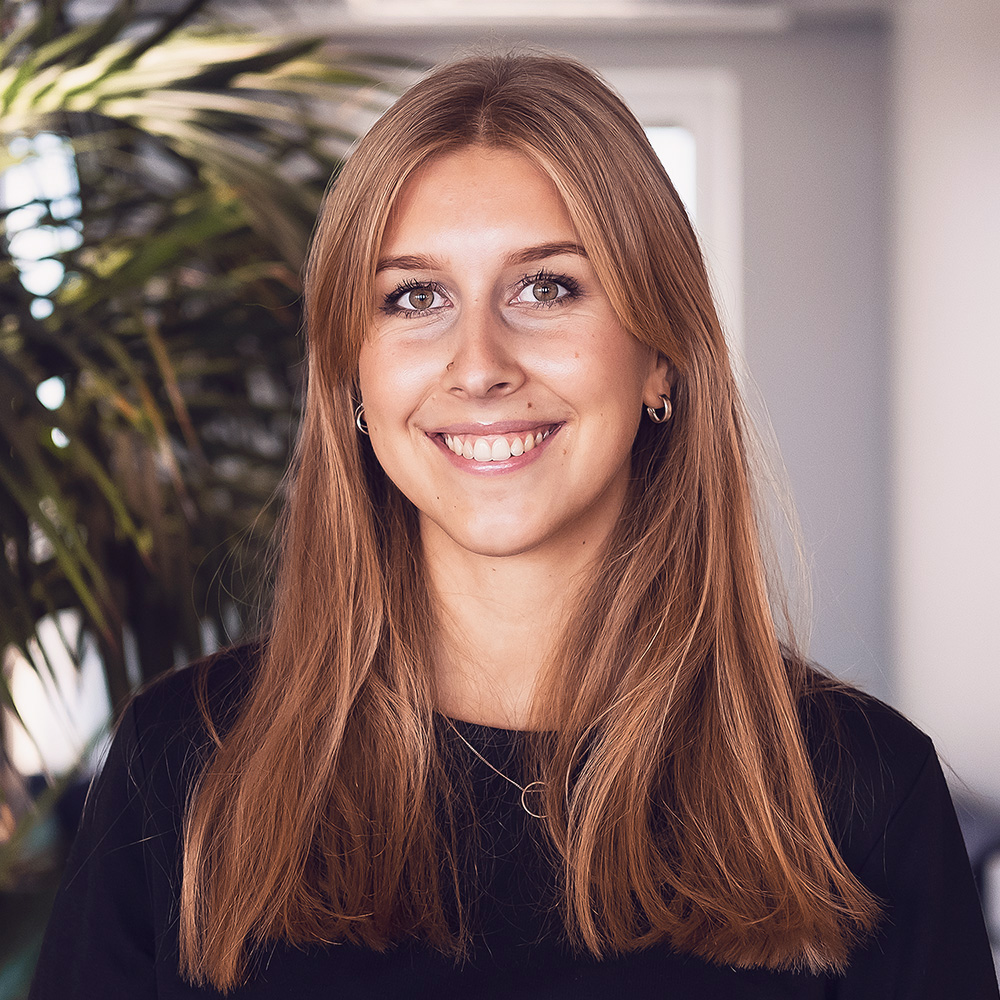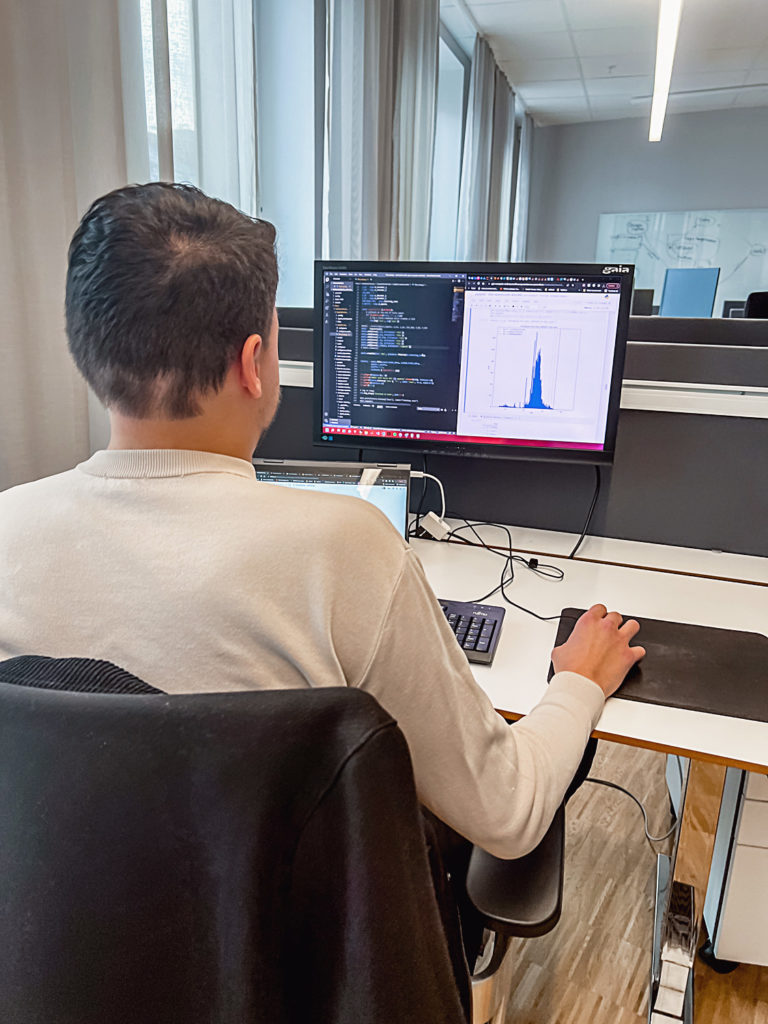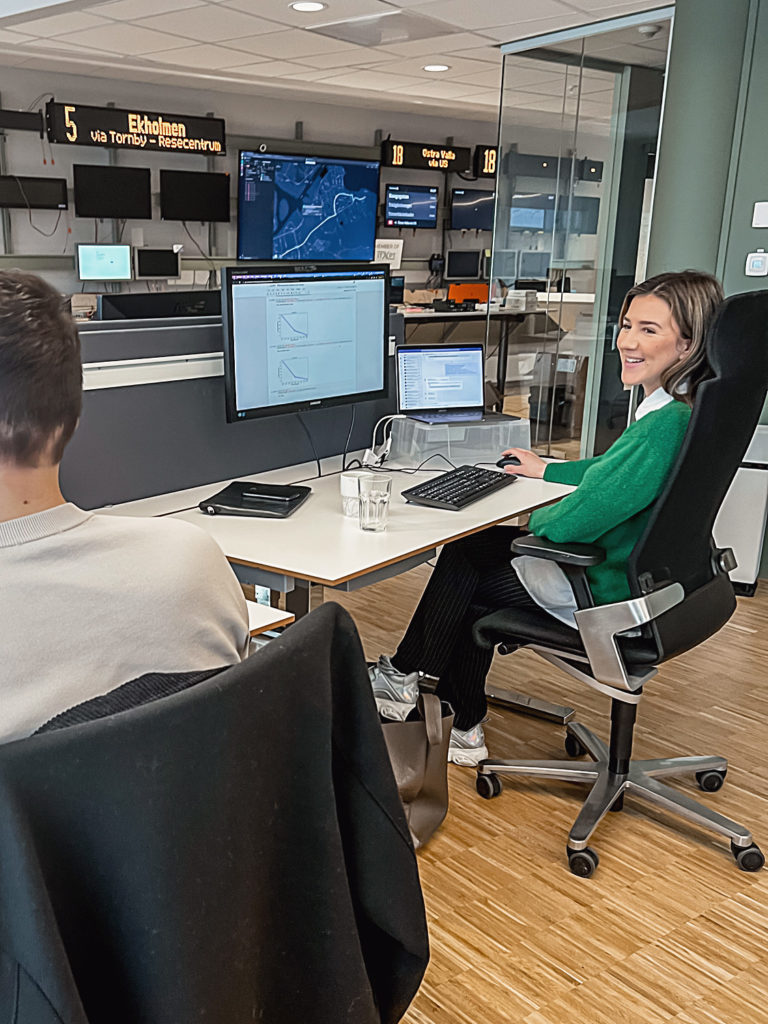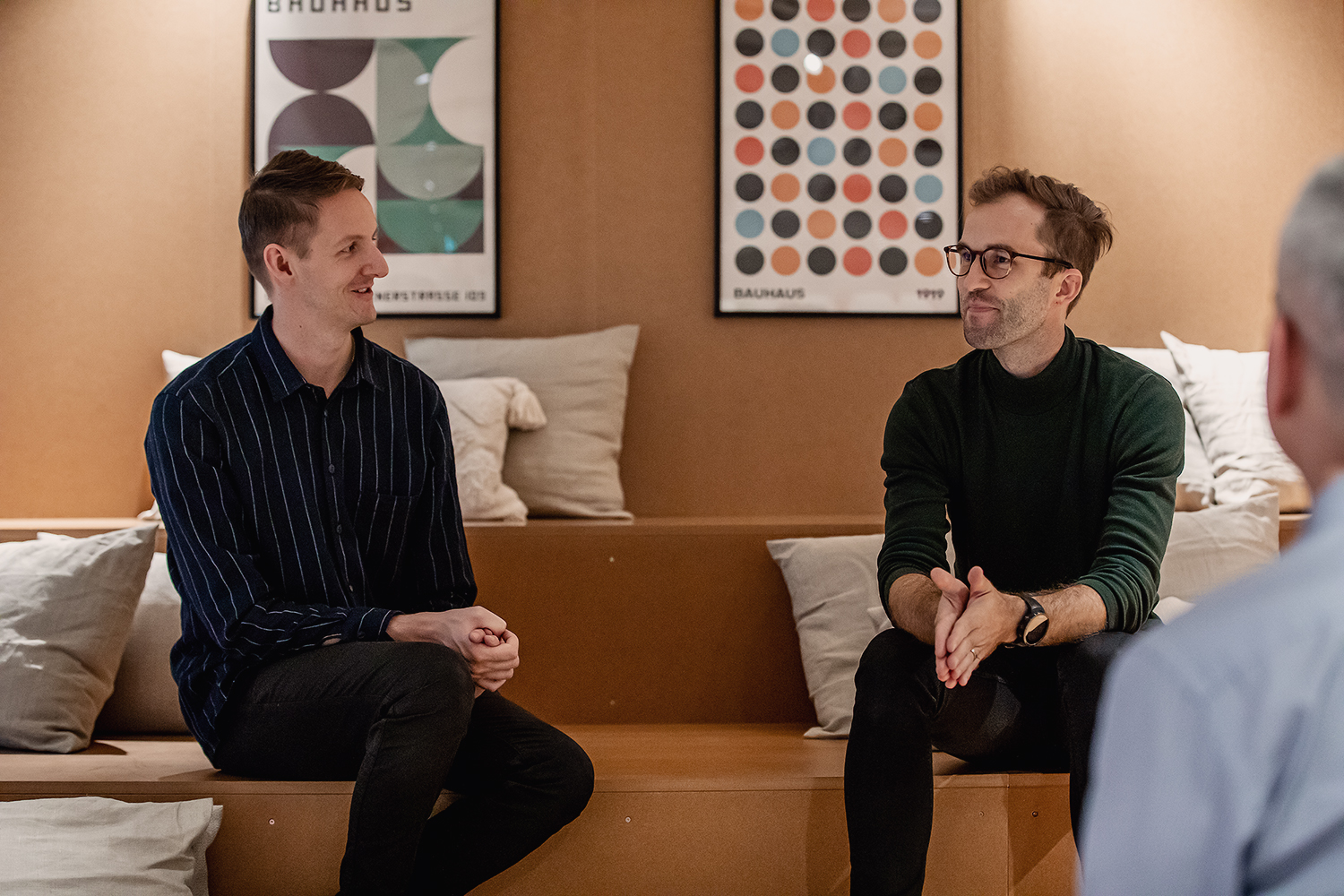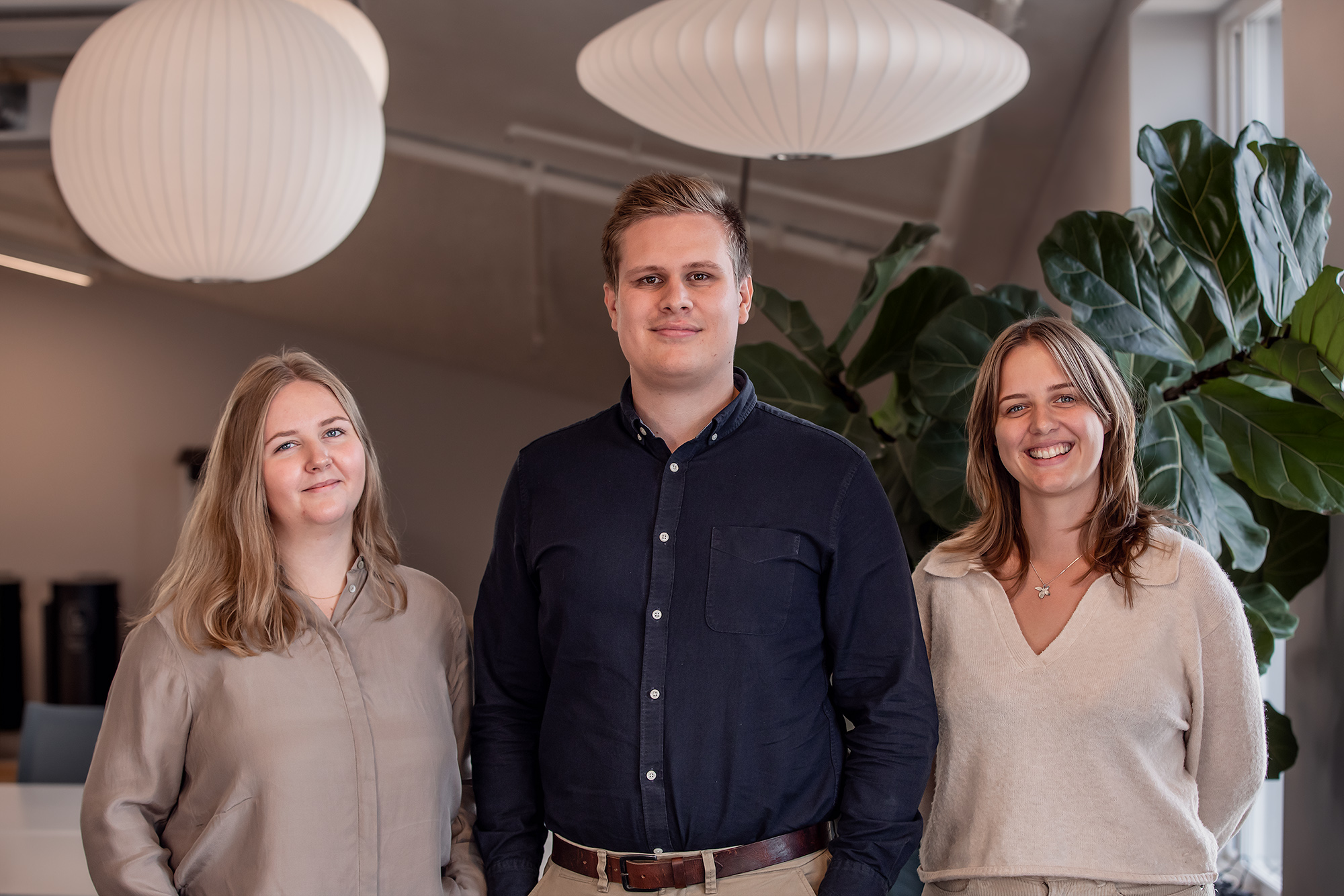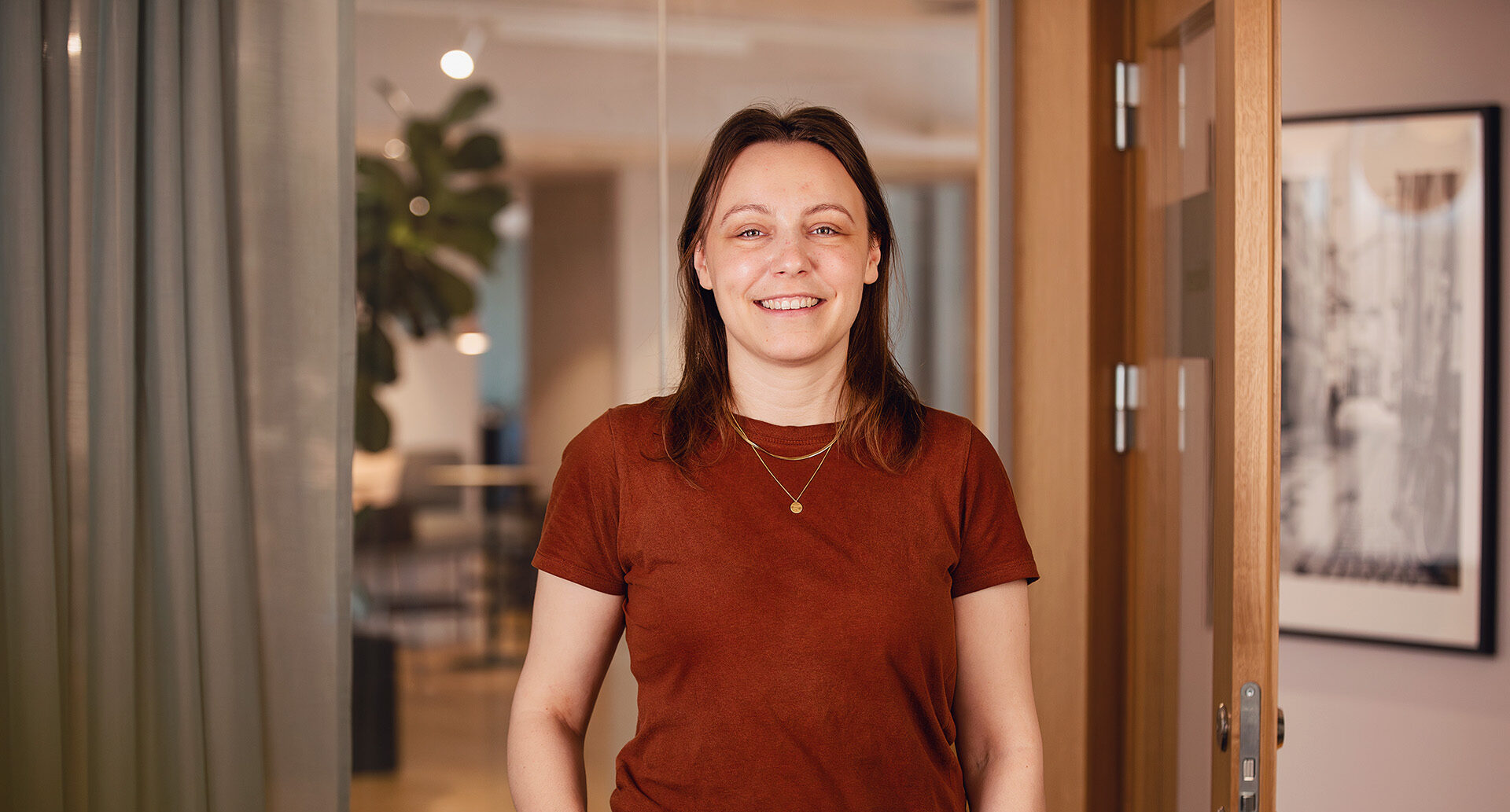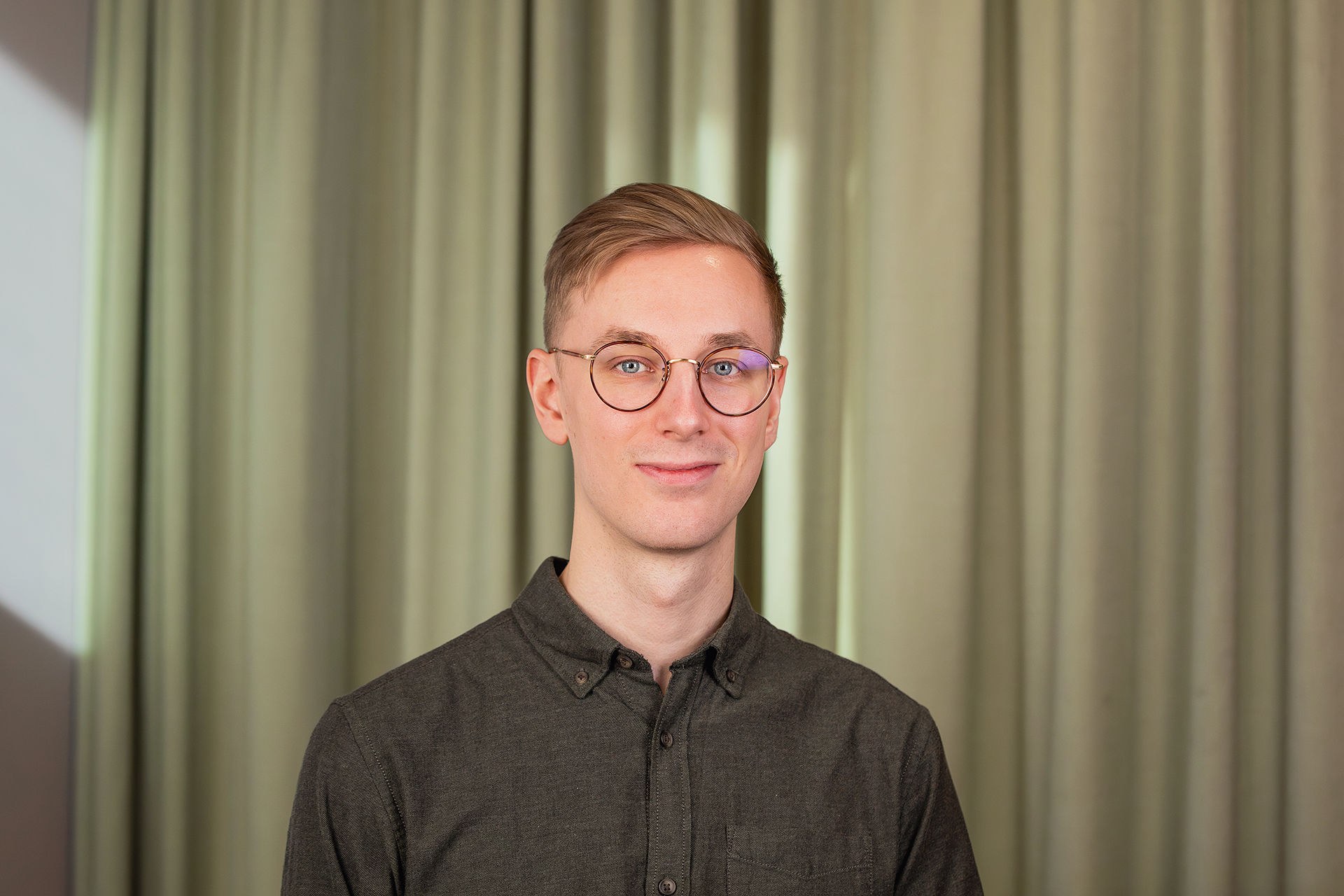Career
Felicia & Andreas have worked on their thesis with Machine Learning models for deviations in vehicle log data
Published 2022-06-07
Felicia and Andreas, two former Norrköping residents, went to Lund for their university studies. This spring, they returned to Norrköping to work on their master’s thesis together here at Gaia. Now they’re almost done, and we took the opportunity to ask them some questions to learn more!
Hello Felicia & Andreas, what do you do when you’re not at Gaia working on your thesis?
Felicia: Hi! I’m studying Engineering Physics at Lund University and have chosen to do my master’s in machine intelligence. When I’m not studying, I enjoy being outdoors and running! I also started playing the piano during the pandemic and try to keep it up.
Andreas: I study Technical Mathematics in Lund, with a master’s in image analysis and machine intelligence. Besides studying, I spend much time with family and friends and occasionally play paddle tennis. Additionally, I have a great interest in football!
How has it been working on your thesis at Gaia?
Felicia: I interned at Gaia about a year ago and worked part-time in the fall of 2021, which went very well. So, it felt good to come back and work on my thesis here. I appreciated knowing where I stood with my supervisors Sara and Hasse, and we’ve had excellent communication. Andreas and I have worked both on-site and remotely, which has been very effective. However, it’s most fun to come to the office and meet all the people at Gaia.
Andreas: Unlike Felicia, I hadn’t worked here before, but everyone has been very welcoming. Sara and Hasse took our inputs seriously, and we had a dialogue to shape the thesis together. It was great to be part of the process and work on something we were passionate about, which also benefited Gaia.
- Andreas examines deviations during his thesis
- Thesis work at Gaia’s office
What is your thesis about?
Andreas: We’ve worked with bus log data. Things that happen onboard buses are logged in large data servers. When something doesn’t go as planned, errors appear in the logs, and Gaia wants to detect these deviations. Hence, we developed an anomaly detector that works in real-time so that the bus can alert us if there’s an issue on the road. Otherwise, such issues would only be identified when analyzing the data later.
Exciting, tell us more!
Andreas: We’ve created a comprehensive model with some machine-learning features. We use a type of neural network, multiple clustering methods, and visualization techniques to identify unusual patterns in the data. We combined all these parts to create our real-time model. Initially, it was challenging because we didn’t have any labeled data to start with, so we didn’t know what constituted a deviation.
Felicia: To get labeled data, someone would have had to manually label it as either “normal” or “deviating.” This would then be used to determine the model’s accuracy percentage. Instead, we had to use alternative methods to test our model, like simulating deviations afterward to see how well the model works. To detect complex deviations, we aimed to create a very general model that identifies various deviations. Hence, the model’s structure ended up being a bit different from what we initially thought, but it added an exciting twist.
How do you feel about the progress?
Andreas: Even though it’s been challenging without labeled data, it’s been rewarding. Many unsupervised models, meaning models without labeled data, still use labeled data when evaluated. Since we didn’t have that to train the model, we didn’t know if our model was good or bad. That’s why we decided to use simulated deviations. We could validate its functionality by investigating whether the model could identify these deviations without prior knowledge. We’ve achieved excellent results towards the end, so that’s great.
Felicia: It’s been fascinating to dig deep into the subject, working hands-on with what we study. We continually had to find solutions to overcome the absence of labeled data. It’s been a significant challenge, but now we’ve come up with something useful. The anomaly detector is currently in a testing phase but could be easily integrated into one of Gaia’s applications with some additional special case handling.
Any advice for other students?
Felicia: Dare to demand to work on what you love for your master’s thesis. Choose something you find exciting in a company or with supervisors you get along well with. It’s been great having supportive supervisors at Gaia and also at the university.
Andreas: The working world isn’t like a school project; there are no set answers or templates to follow. Don’t underestimate your academic supervisors; they help a lot. Take advantage of having half a year to do what you want – make it exciting and fun!
We thank Felicia and Andreas for their time at Gaia; having them here has been a real pleasure, and it’s been exciting to follow their journey. Are you also curious about doing your thesis with us? Reach out to info@gaia.se to talk more.
